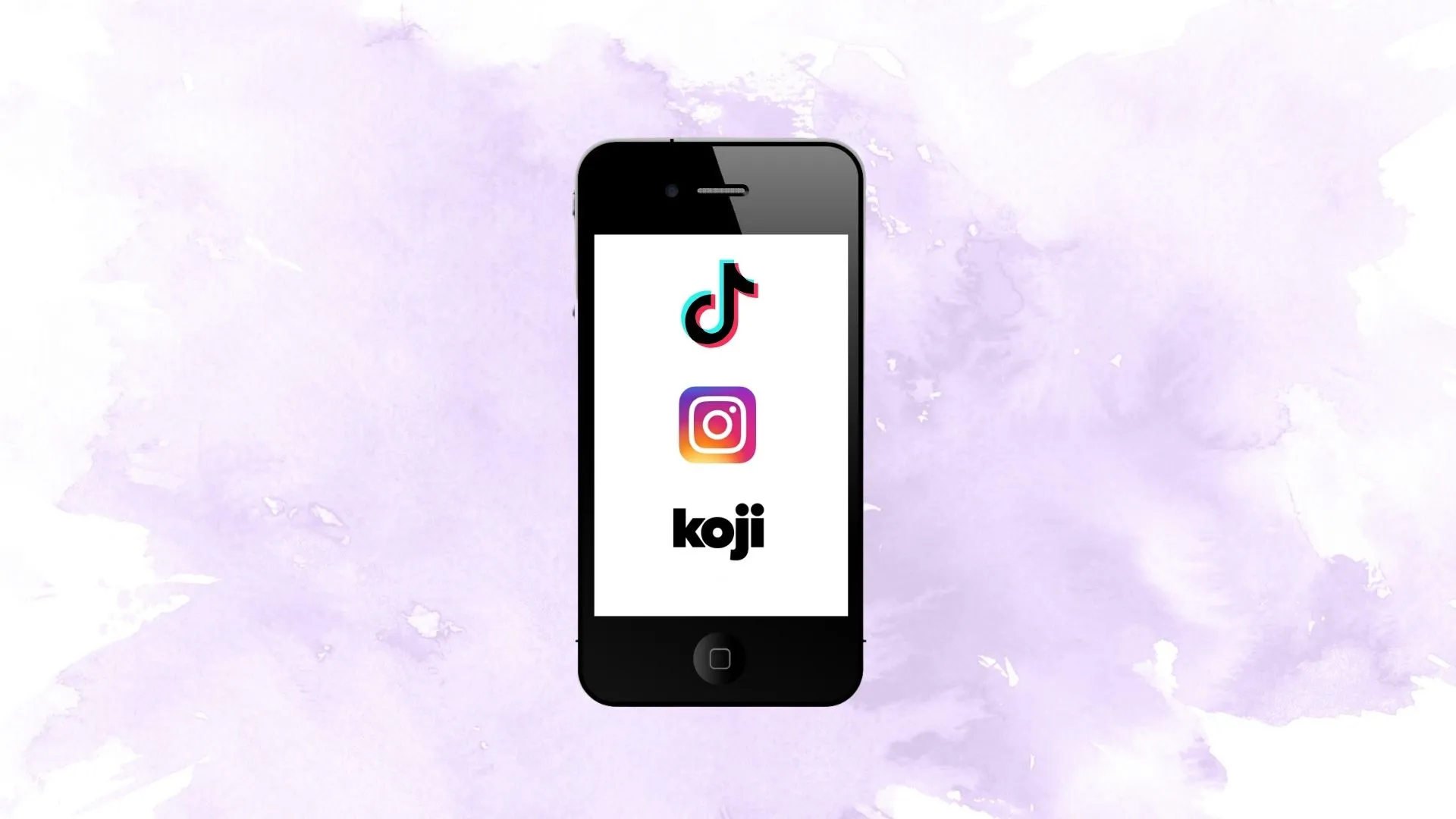
26 Feb Why We can No Longer do without Content Remixing
The COVID-19 pandemic has radically changed the behavior of consumers and their relationship with social media.
Every day, Creative Words takes care of the content and the people it works with. Considering the effects the pandemic has had (and will continue to have) on people’s lives, this seems like the right time to talk about digital trends in the not too distant future. In the world of content, we hear more and more often about the new trend of content remixing. But what is it exactly?
What’s Content Remixing?
Content remixing involves extrapolating and reworking small sections of existing elements (songs, images, templates, videos, texts) to create a new and original product. This type of content became established during last year’s lockdown, as it allowed users to create new content despite the restrictions imposed. Remixing has been very successful, particularly thanks to its ease of use, which allows content to be created with basic tools.
The most suitable platforms for creating this content are: Tik Tok, Instagram Reels and Koji. The number of Tik Tok users rocketed during 2020 and it is now believed to be the seventh most used widely app in the world, with 689 million active users per month.
Video marketing has been a stable trend on social media for some time, but the short duration of this content and the ability to switch from one video to another makes these platforms particularly addictive. Furthermore, this kind of content has an engaging viral potential to reach a very young and vast target. In 2021, companies are also expected to join in with this trend, connecting with new targets and keeping up with current tastes. Eighty-five percent of consumers are estimated to regard user generated content as more reliable and more engaging than branded content.
Brands that are able to exploit the potential of UGC and content remixing will most likely be able to establish a more solid relationship with their target. In fact, in the eyes of other consumers, the opinions of users seem more objective and credible, so user generated content is usually more highly valued than branded content.
So here are some points to consider when developing a content remixing strategy:
1. Choose the most suitable social media channels for your strategy
As we have seen, there are three social media channels most suited to the development of content remixing. Before launching this kind of strategy, it is important for companies to ask themselves which is the most suitable platform to communicate with their target.
2. Providing users with the right tools
It is essential that companies provide users with suitable and recognizable tools (logos, branded templates) to encourage consumer creativity and make the brand visible.
3. Monitoring brand reputation
To prevent brands losing control of the content created, it is important to constantly monitor the corporate image online, so as to block the most dangerous content in time.
4. Interacting with users/creators
Interacting with the content created by users encourages fans of the brand to produce more and allows the company to make the brand even more accessible.
Companies must be able to provide users with ideas and materials they can customize, so that they get involved in adapting this content. The risk, in this case, is that brands could lose control of user-generated content and, consequently, of their reputation.
Whether you are a brand or a social media manager, or another professional in the sector, it is always useful to monitor the rapid changes taking place in the digital world. Content remixing seems to be a successful strategy at the moment that can establish a more natural connection between brands and consumers.
Marta Bizzari – Social Media and Marketing Specialist at Creative Words





